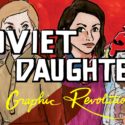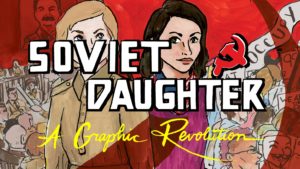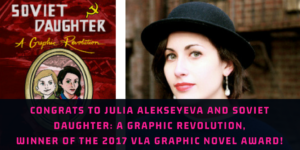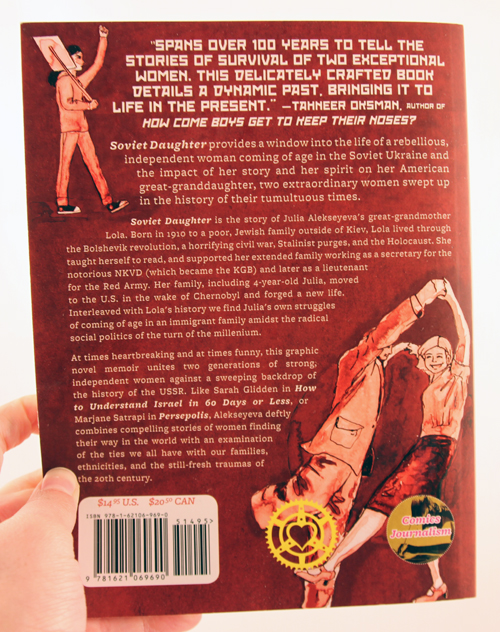The Year of Adventures
Instead of New Year’s resolutions (ugh), at Microcosm we like to have loose themes to organize our year’s goals and activities around. And we’ve decided that 2019 is our year of adventure!
For us, it’s our first year of being independently distributed. This has already proven to be a serious adventure — not so much a leap into the unknown as a voyage back to our homeland, which has changed considerably since we last visited.
There’s a lot to remember and a lot of new skills to learn. And like on any good adventure, the way we can navigate it safely and have fun is to work together, believe in ourselves, and stay flexible.
But What Is Adventure
Here’s a little from some of our staff about what adventure means to us (in general and in terms of this transition)…
Elly: When Joe and I met 10 years ago, he asked me what my needs in a relationship are, and top of my list was “adventure.”
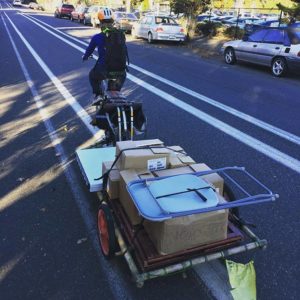
He reminds me of this every time I’m pedaling a cargo bike overloaded with books in the rain, or setting off in a cab to pick up event supplies that didn’t make it to our destination, or pulling late nights to make sure our database transition goes smoothly.
And while I don’t require the constant adrenaline to get through my day that I did at 30, I do love that this work is full of unexpected revelations, surprising new areas of growth, and always a problem to solve and a challenge to learn from.
Sidnee: “Adventure” is the word I use when I’m afraid of what’s gonna happen next; but being afraid isn’t going to help me. To me it’s a prettier word for “holy fuck, here we go!” But I’m starting to believe that adventure is in our DNA. Like growing teeth or developing chronic aches. A will for the pursuit of adventure will appear in each of us at some point, programmed to persist and emerge.
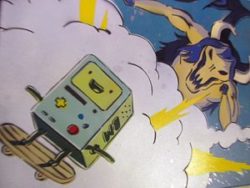
The thing about adventure is that uncertainty is a necessary ingredient. I’m ripe with uncertainty. The other thing about adventure is that it forces you to grow. After ten short months, I’m bursting at the seams with growth too.
Joining the Microcosm team is my first post-school adventure. It’s like going from Chutes and Ladders to cross country parkour some days. Other days it’s like going from only ever wading in a swampy pond to sailing on a calm ocean during a brilliant sunset.
What adventures do you look forward to in 2019?
Continuing to survive adult life.
Trista: For me “adventure” means to seek change either from one state of being to another, or in the pursuit of something more meaningful like a change to one’s character. Often this will take the form of a journey, literally or metaphorically, where in the end a person will have experienced something new or experienced something old in a new way.
In my own life the adventures I’ve enjoyed the most are the ones that have altered the way I view the world, the people in it, or the way I view myself.
What adventures do you look forward to in 2019?
Something more gentle, like camping. Or getting to see more of my favorite bands. I got to do a little bit of both earlier in 2018 and I think I should do it more often.

First impressions of Portland 
First Portland camping trip! 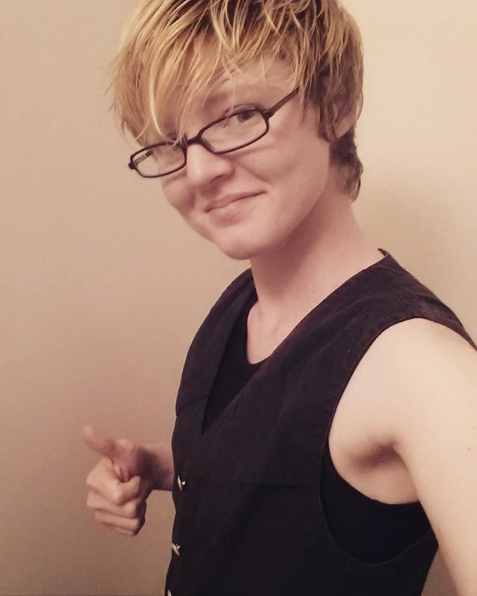
First binder! 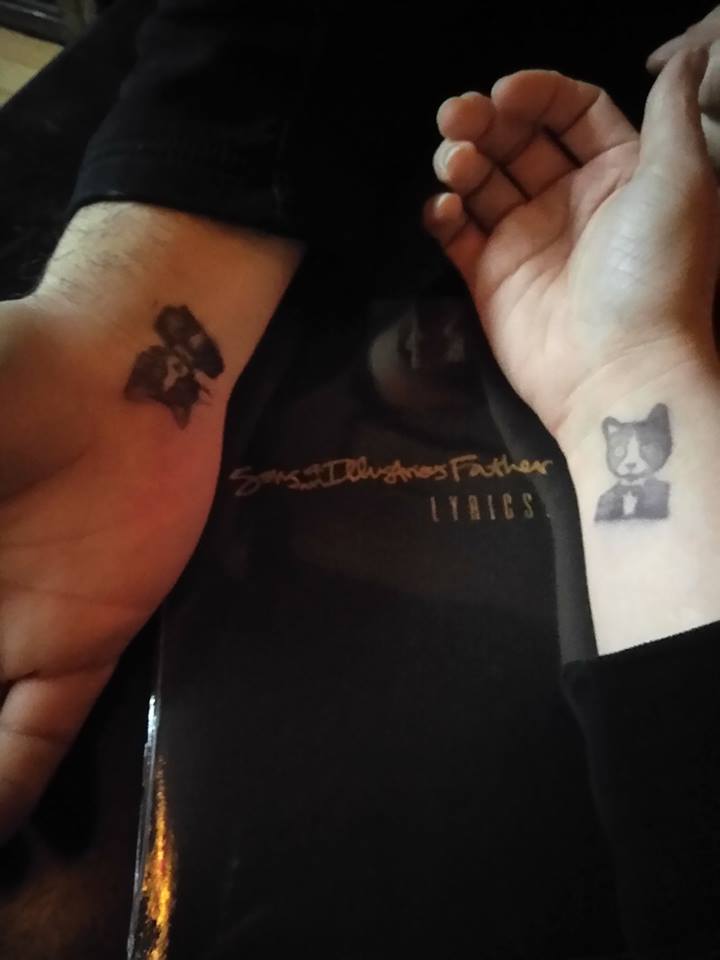
Got to see Sons of An Illustrious Father 
1st time I shaved my head!
Cyn: Adventure can feel like a loaded word. A big red X on a theoretical treasure map we never get to see. Some expensive, aspirational vision quest into new territory. Ugh. In my reality, my social anxiety makes it so my partner has to push me out of the door to get me to go to any social event, even when I know the people attending or it’s with a close friend. Why isn’t that ordeal considered adventure?
I guess I’d say that adventure is anything that pushes you outside of your boundaries in a way that is unexpected, daring, and propels you forward in some way. For me it has meant everything from the most daring trips to the simplest new get-togethers, to anxiety-ridden standard experiences or exciting, bizarre new friends. The experiences that push at our boundaries and fears and expectations are the ones that give us the space to grow, but those don’t have to be big, giant experiences of exploration, success, or conquest.
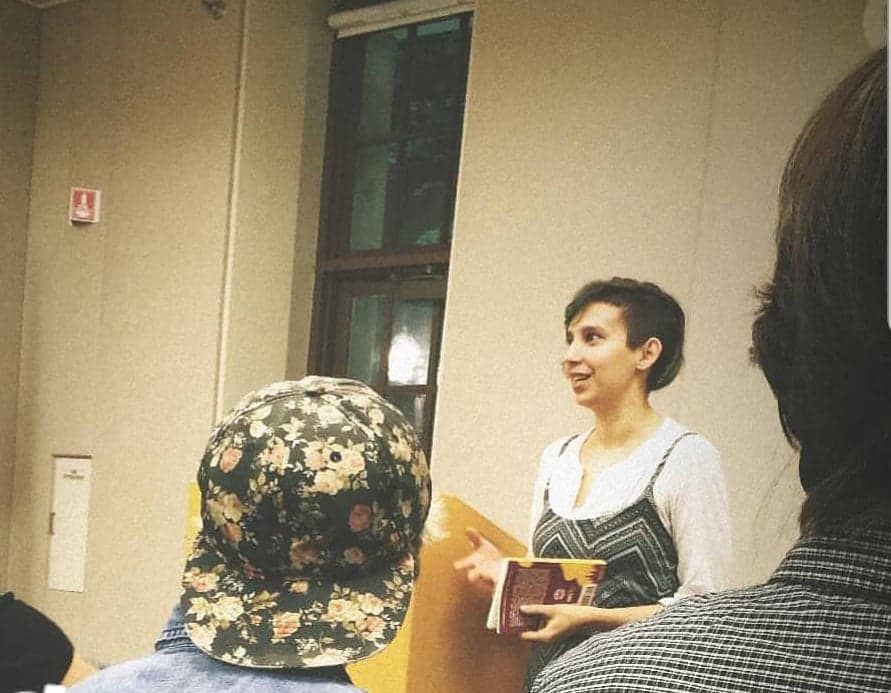
book reading! 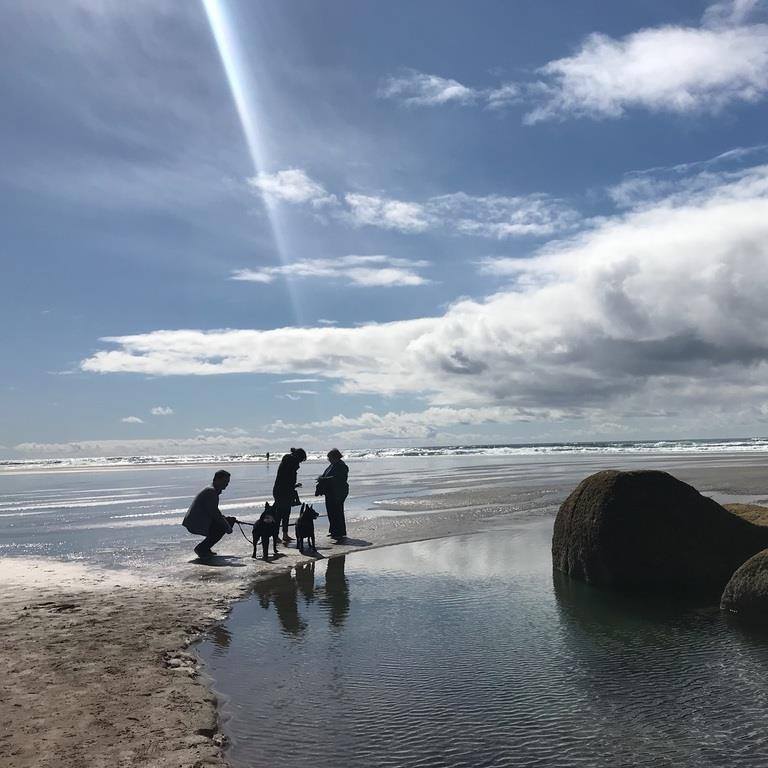
my weird lil family at the oregon coast
I don’t know about you, but just getting outside and meeting someone new is just as much of an adventure as traveling to a new place — and really, aren’t you doing that anyway, emotionally, by putting yourself out there, both literally and psychologically?
With that in mind, I’d like to think that “adventure” for our (and the future) generation will be less about conquest, personal excitement and glory, and more about exciting changes, growth, and building new experiences and communities for each other.
What adventures do you look forward to in 2019?
I’ve started “bullet journaling” and am working on making both productivity and self care balanced priorities in my life. I suppose I look forward to figuring that shit out and clearing out the mess that is my life right now for my future.
Am I adult now?
Joe: Ten years ago, Elly told me she wanted adventure. I don’t think she realized what I was capable of providing in this department. Cars caught on fire unintentionally and it feels like we spent many years fixing the Millennium Falcon during combat.
What adventures do you look forward to in 2019?
Getting WorkingLit [our secret work project] into a form that other publishers can use it, trips to new regional book trade shows, and continuing to grow as an independent publisher. It seems like we ship more boxes every single day around here.
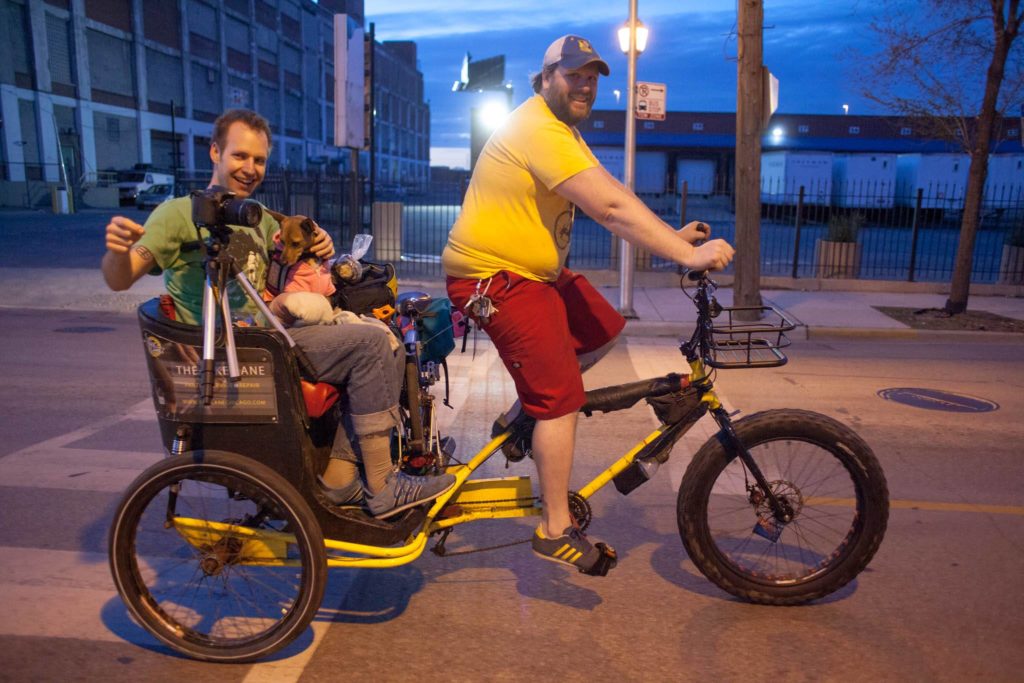
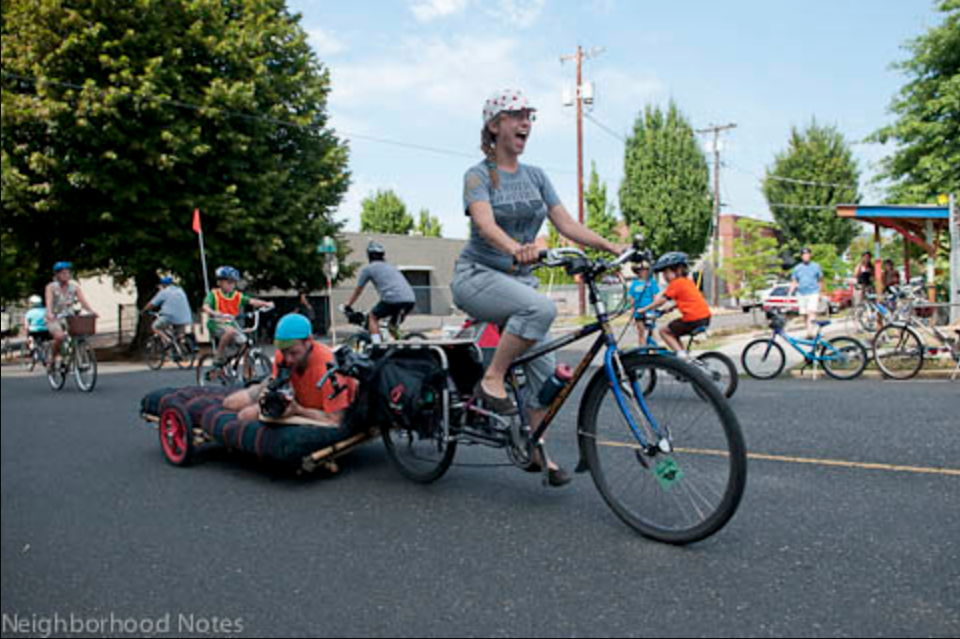
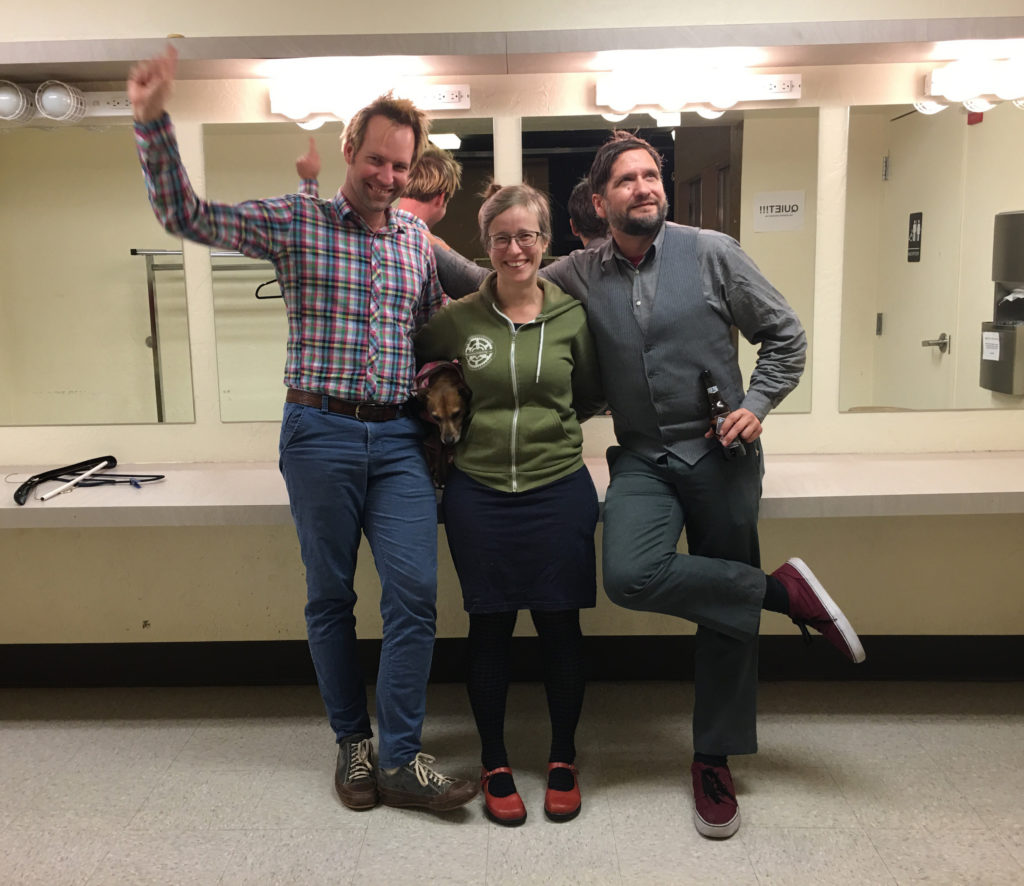
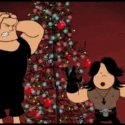
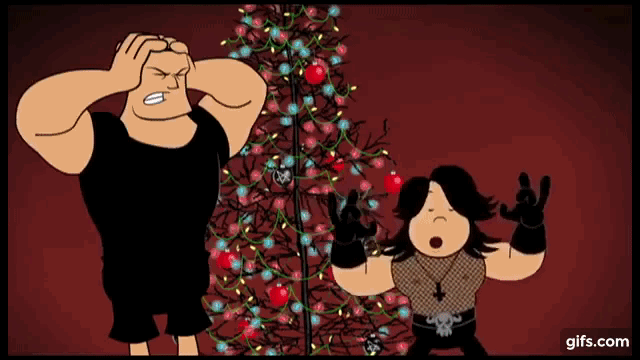

 A couple of months ago I was lucky enough to be accepted as a summer intern at Microcosm Publishing. I’m from California, which meant that I would be spending the summer moving to a brand new city completely separate from my family, friends, and basically everything I know. I won’t say that this wasn’t a little scary; it was. But the opportunity was far too great to pass up. So I moved up the coast and settled myself into the City of Roses.
A couple of months ago I was lucky enough to be accepted as a summer intern at Microcosm Publishing. I’m from California, which meant that I would be spending the summer moving to a brand new city completely separate from my family, friends, and basically everything I know. I won’t say that this wasn’t a little scary; it was. But the opportunity was far too great to pass up. So I moved up the coast and settled myself into the City of Roses.

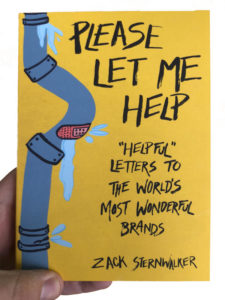

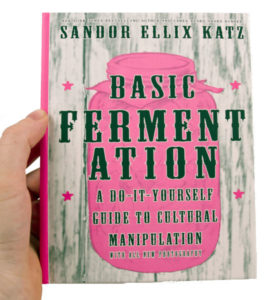
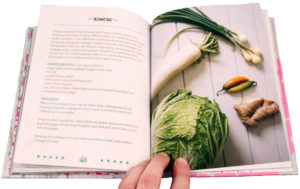

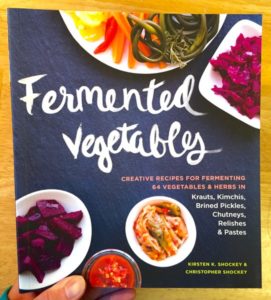

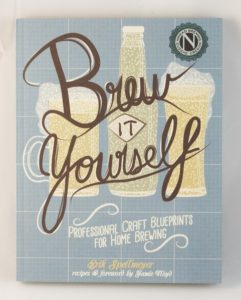
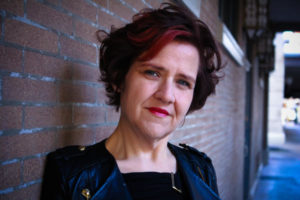
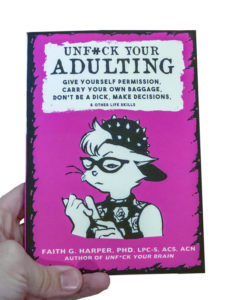
 Remember those book fairs in elementary school? When your sterile school cafeteria or gym was briefly transformed into a book-y wonderland, where you could browse for a whole period and make your careful selections?
Remember those book fairs in elementary school? When your sterile school cafeteria or gym was briefly transformed into a book-y wonderland, where you could browse for a whole period and make your careful selections?